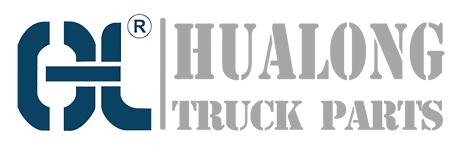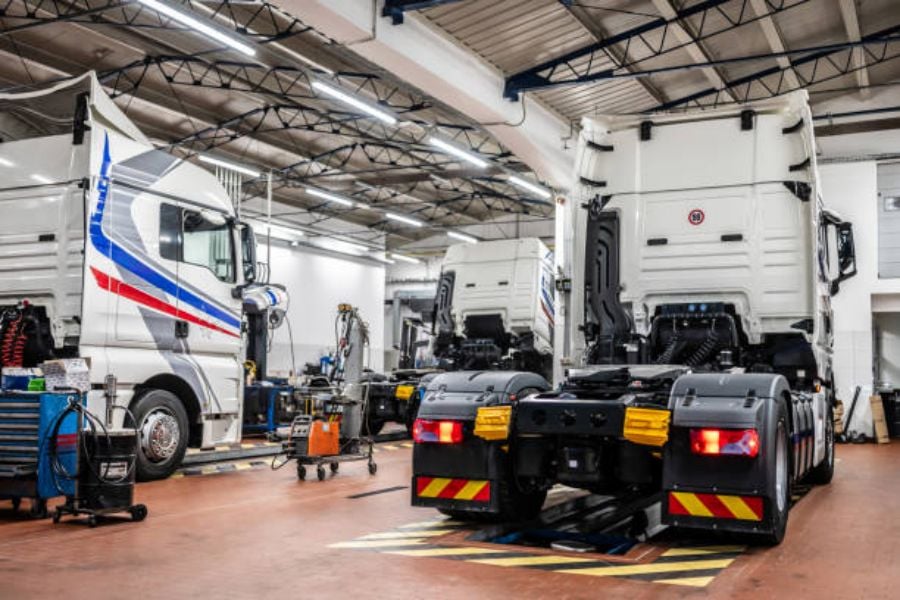The Different Types of Hydraulic Lifts
When it comes to lifting heavy loads, hydraulic lifts are the way to go. They use hydraulic fluid to raise and lower objects, which provides a safe and reliable way to move heavy items. There are many different types of hydraulic lifts to choose from, each with its own advantages and disadvantages. In this article, we will look at the different types of hydraulic lifts, how they work, and what they are best used for.
1. Scissor Lifts
Scissor lifts are probably the most common type of hydraulic lift. They are used in warehouses, construction sites, and even in some retail stores to lift heavy loads to different heights. Scissor lifts use a scissor mechanism to extend and retract, which provides a stable platform for lifting. They can be used for both indoor and outdoor applications, and come in a range of sizes and weight capacities.
2. Cylindrical Lifts
Cylindrical lifts, also known as vertical reciprocating conveyors (VRCs), are used to move heavy loads from one level to another. They work by lifting objects on a platform that is supported by a hydraulic cylinder. Cylindrical lifts are often used in industrial settings, such as factories and warehouses, to move heavy machinery and other equipment between floors.
3. Truck-Mounted Lifts
Truck-mounted lifts are hydraulic lifts that are mounted on a truck or trailer. They are used primarily in construction and utility work to lift workers and equipment to different heights. They are highly versatile and can be used on rough terrain or in areas where a traditional scissor lift may not be able to reach.
4. Articulating Lifts
Articulating lifts, also known as knuckle lifts or cherry pickers, are flexible hydraulic lifts that can be used in a variety of applications. They have a boom that can be articulated to reach overhead or in tight spaces. Articulating lifts are often used in construction, maintenance, and painting applications.
5. Telescopic Lifts
Telescopic lifts, also known as straight booms or stick lifts, are similar to articulating lifts but with a straight arm instead of bendable joints. They are ideal for reaching high places or areas that are difficult to access. Telescopic lifts are often used in construction, painting, and maintenance work.
6. Pit-Mounted Lifts
Pit-mounted lifts are hydraulic lifts that are installed in a pit, much like an elevator. They are used in industrial settings, such as auto repair shops and manufacturing plants, to move heavy equipment and machinery to different levels. Pit-mounted lifts are often custom-built to meet specific weight and size requirements.
7. Dock Lifts
Dock lifts are hydraulic lifts that are used to move cargo between different levels of a loading dock. They can be used with trucks or railcars to load and unload goods. Dock lifts are available in a range of sizes and can support heavy loads.
8. Hydraulic Lift Tables
Hydraulic lift tables are lifting platforms that are used to position and transport heavy loads. They are often used in manufacturing plants, assembly lines, and other industrial settings to move large items around. Hydraulic lift tables can be stationary or mobile, and can lift items to different heights.
9. In-Ground Lifts
In-ground lifts, also known as automotive lifts, are hydraulic lifts that are installed in a garage or auto shop. They are used to raise vehicles to allow for easier access for repairs and maintenance. In-ground lifts are available in different weight capacities and can accommodate a range of vehicle sizes.
10. Portable Hydraulic Lifts
Portable hydraulic lifts are lightweight and easily transportable hydraulic lifts that can be used in a range of applications. They are often used in small garages and shops, as well as in the construction industry. They are ideal for lifting heavy objects that need to be moved frequently.
Conclusion
Hydraulic lifts are an essential tool for lifting heavy objects safely and efficiently. There are many different types of hydraulic lifts to choose from, each with its own advantages and disadvantages. Make sure to choose the right type of lift for your application to ensure safe and effective lifting.

